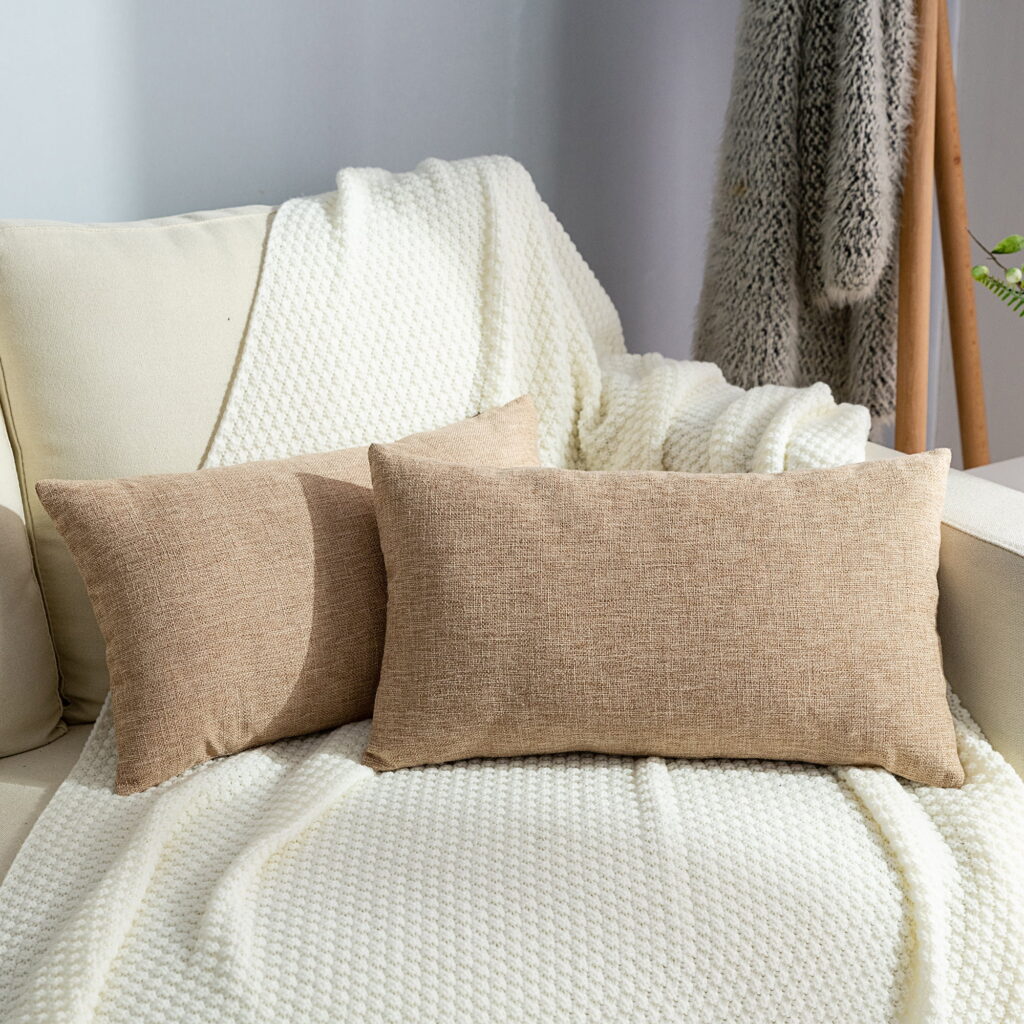Introduction: As the seasons change, so do our sleep needs. Just as you adjust your wardrobe for temperature shifts, your bedding deserves the same consideration. Pillowcases, often underestimated, play a crucial role in keeping you comfortable and well-rested year-round. In this guide, we’ll explore the art of adapting your bedding to the weather, highlighting how different pillowcase materials can offer warmth in chilly months and breathability when the heat arrives.
1. Winter Warmth: Cozy Pillowcases for Cold Nights During colder seasons, staying warm and comfortable is a priority. Choosing the right pillowcase can make a world of difference in achieving that cozy feeling:
- Flannel Fabrics: Flannel pillowcases made from soft, brushed cotton are excellent for retaining body heat. They provide an extra layer of insulation, perfect for keeping you snug during chilly nights.
- Jersey Knits: Pillowcases made from jersey knit materials offer a stretchy, soft texture that holds warmth well. They create a cocoon-like environment for chilly evenings.
2. Spring and Summer Breathability: Light and Airy Pillowcases As temperatures rise, breathability becomes key to a good night’s sleep. Pillowcases that allow for proper air circulation can prevent overheating and discomfort:
- Bamboo Fabrics: Bamboo pillowcases excel in hot weather due to their natural moisture-wicking and breathable properties. They help regulate body temperature by allowing excess heat to escape.
- Percale Cotton: Percale-woven cotton pillowcases are known for their crisp feel and high breathability. They’re perfect for keeping you cool and comfortable during warmer nights.
3. Transitioning with Tencel: All-Season Wonder Tencel, a sustainable and eco-friendly fabric, is a versatile option that can be comfortable in various weather conditions:
- Temperature Regulation: Tencel pillowcases are designed to adapt to your body’s temperature, keeping you cool when it’s warm and warm when it’s cool.
- Moisture Management: Tencel’s moisture-wicking properties help prevent excess sweating and discomfort, making it suitable for both summer and winter.
4. Layering for Optimal Comfort: The Power of Duvet Covers If your pillowcases alone can’t provide the perfect sleep environment, consider layering with a suitable duvet cover. During colder months, opt for a thicker, insulating cover, while lighter covers are ideal for warmer periods. The duvet cover’s material and thickness contribute to overall sleep comfort.
5. Beyond Material: Maintenance and Bedding Swaps Remember that adapting your bedding isn’t just about material choice. Regular maintenance like washing your pillowcases can significantly impact their performance. Be sure to change your bedding according to the seasons, opting for lighter or heavier blankets, sheets, and duvets as needed.
Conclusion: Tailoring Your Bedding for Year-Round Comfort Your sleep environment plays a vital role in your overall well-being, and your pillowcases are a crucial part of that equation. By selecting pillowcase materials that align with seasonal needs – whether it’s flannel for winter warmth or bamboo for summer breathability – you’re ensuring optimal sleep comfort throughout the year. So, as the weather changes, don’t forget to adapt your bedding to match, and you’ll be well on your way to a restful night’s sleep, no matter the season.


